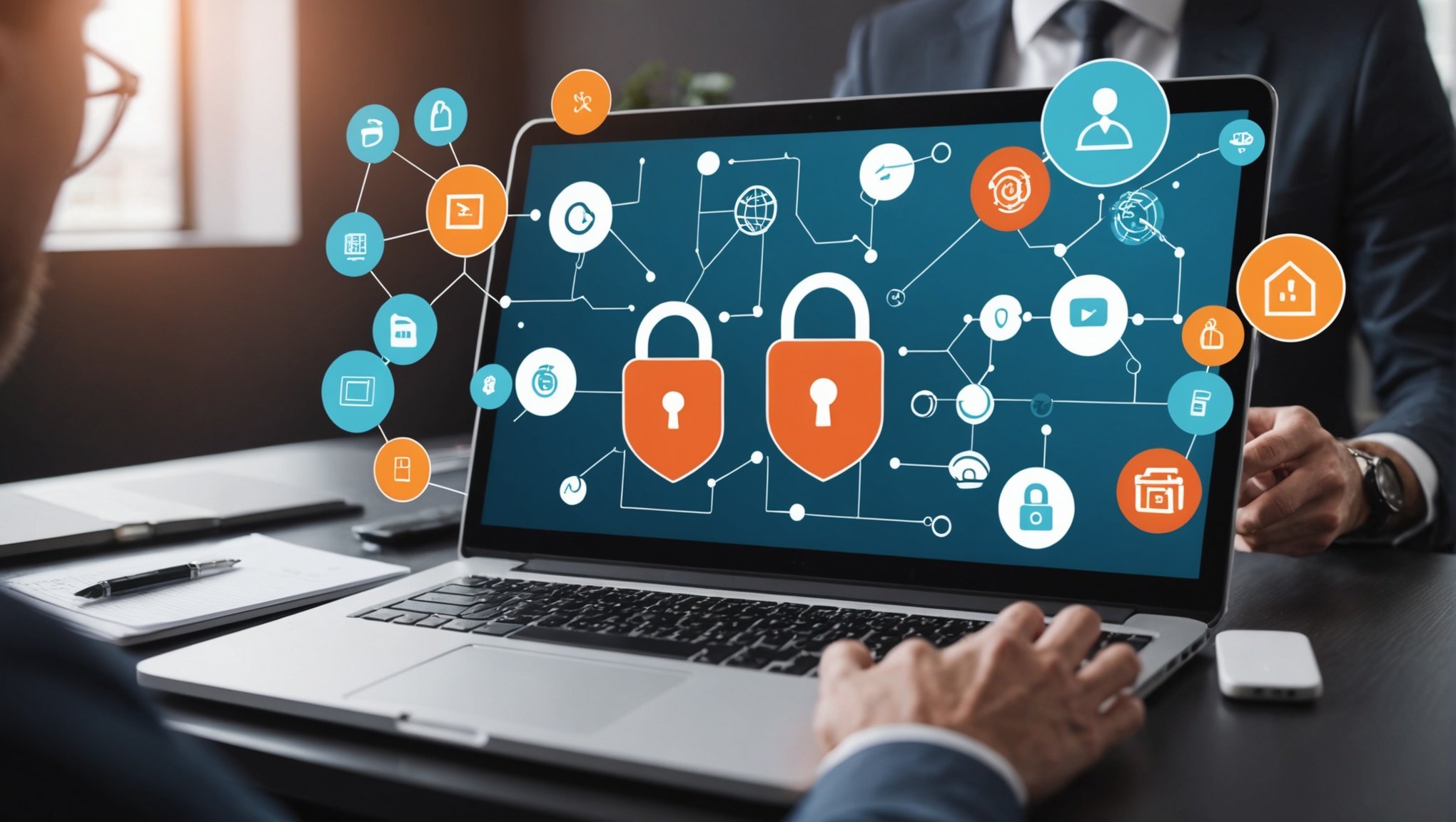Implementing Single Sign-On (SSO) with SAML streamlines user access but introduces security challenges that can compromise your organization. Understanding how to protect your SSO implementation is essential. Explore essential strategies that mitigate risks, fortify your security posture, and ensure a seamless user experience. By prioritizing these measures, you create a secure environment that enhances productivity and maintains user trust. Dive into practical steps to safeguard your SSO with SAML effectively.
Understanding SSO and SAML Security
Single Sign-On (SSO) is a user authentication process that allows individuals to access multiple applications with one set of login credentials. This SSO security method simplifies the user experience by reducing the need to remember multiple passwords, minimizing password fatigue and the potential for password-related security breaches.
Have you seen this : Mastering Disaster Recovery: Proven Strategies for Safeguarding Your MongoDB Database
Security Assertion Markup Language (SAML) is a protocol used to facilitate SSO. It enables secure, seamless authentication across different platforms by exchanging authentication and authorization data between parties. SAML is crucial for maintaining SSO security as it ensures that user credentials are not repeatedly transmitted over the internet, which reduces the risk of interception.
Securing SSO implementations is paramount to protect sensitive data and maintain user trust. Robust security protocols must be in place to safeguard against unauthorized access. This includes implementing strong encryption methods, regular security audits, and monitoring for suspicious activities. By doing so, organizations can leverage the convenience of SSO while ensuring that security is not compromised.
Also read : Unlock your creative potential with mockup api magic
Understanding the interplay between SSO and SAML, and the importance of securing these systems, is essential for any organization looking to streamline user access without sacrificing security.
Risk Assessment for SSO Implementations
Understanding the risk assessment process is vital for securing SSO systems. Identifying potential threats is the first step. Threat modeling helps in visualizing and addressing these risks. It involves mapping out possible attack vectors and understanding how attackers might exploit vulnerabilities in the SSO system.
Conducting a comprehensive risk assessment involves several key steps. First, gather information about the SSO system architecture and identify all entry points. Then, perform a vulnerability analysis to find weaknesses that could be exploited. This might include outdated software, weak encryption, or improper access controls.
Once vulnerabilities are identified, prioritize them based on their potential impact and likelihood of exploitation. This helps in allocating resources effectively to address the most critical vulnerabilities first. High-impact vulnerabilities that are more likely to be exploited should be at the top of the list.
Regularly updating the risk assessment is crucial, as new threats and vulnerabilities can emerge over time. By staying proactive, organizations can ensure that their SSO implementations remain secure against evolving threats. This ongoing process not only protects sensitive information but also maintains user trust in the system's security measures.
Best Practices for SSO Configuration
Ensuring a secure SSO configuration requires adhering to several best practices. Proper SAML configuration is essential for maintaining security and functionality. One crucial setting involves defining SAML assertions and responses. These should be encrypted to protect sensitive data during transmission. Additionally, assertions should have a short lifespan to minimize the risk of replay attacks.
Configuring identity providers (IdPs) and service providers (SPs) securely is another critical aspect. Ensure that both parties use robust authentication methods and that communication between them is encrypted. This helps prevent unauthorized access and data breaches. Regularly update the security settings of both IdPs and SPs to address emerging threats and vulnerabilities.
It's also vital to routinely review and update configuration settings. As technology evolves, new vulnerabilities may arise, making it necessary to adjust settings to maintain security. Regular audits and security assessments can help identify areas for improvement.
By following these best practices, organizations can enhance the security of their SSO implementations. This not only protects sensitive information but also ensures a seamless user experience, fostering trust and confidence in the system.
Vulnerability Management Strategies
In today's digital landscape, effective vulnerability management is crucial for safeguarding systems. Maintaining up-to-date software and libraries is a fundamental aspect. Regularly applying security patches ensures that known vulnerabilities are addressed promptly, reducing the risk of exploitation.
Implementing a comprehensive vulnerability management program involves several key steps. First, establish a process for identifying and prioritizing vulnerabilities based on their potential impact. This helps allocate resources effectively to address the most critical issues. Regular monitoring and logging are essential for detecting security incidents in real-time. By continuously tracking system activities, organizations can quickly identify and respond to potential threats.
A successful vulnerability management program also includes regular audits and assessments. These help in evaluating the effectiveness of current security measures and identifying areas for improvement. Automation tools can aid in streamlining the process, ensuring that vulnerabilities are consistently monitored and addressed.
By prioritizing vulnerability management, organizations can enhance their security posture and protect sensitive information. This proactive approach not only mitigates risks but also fosters trust and confidence in the system's security measures. Ensuring that software and libraries are up-to-date, combined with continuous monitoring, is essential for maintaining robust security.
Compliance and Monitoring for SSO Security
Ensuring compliance with relevant standards is crucial for maintaining robust SSO security. Organizations must adhere to frameworks such as GDPR, HIPAA, and ISO 27001, which provide guidelines for protecting user data and ensuring secure authentication processes. These standards help in defining the security measures necessary to protect sensitive information and maintain user trust.
Effective security monitoring is vital for identifying and addressing potential threats to SSO systems. Implementing continuous monitoring tools allows organizations to detect unusual activities and respond swiftly to security incidents. Regular auditing of SSO configurations and access logs is essential to ensure compliance with established security standards and identify any deviations that could indicate a security breach.
An effective incident response plan is critical for managing SSO security breaches. This plan should outline specific steps for identifying, containing, and mitigating security incidents. Key components include:
- Establishing a dedicated response team
- Defining communication protocols for internal and external stakeholders
- Documenting lessons learned to improve future response efforts
By prioritizing compliance, ongoing security monitoring, and a well-developed incident response plan, organizations can enhance the security of their SSO implementations, protecting sensitive data and maintaining user confidence.











